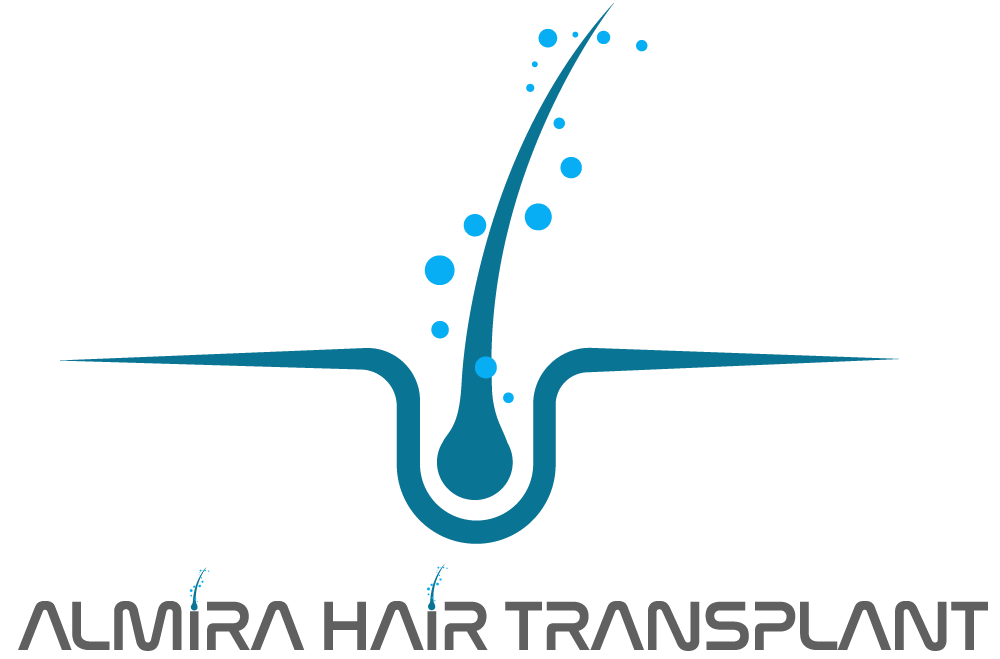The Precision-Enhancing Advantages of Robotic Surgery

The Precision-Enhancing Advantages of Robotic Surgery
Advancements in medical technology have revolutionized surgical procedures, making them safer, more precise, and highly successful. Among these innovations, robotic surgery has become one of the most groundbreaking developments in modern medicine. Compared to traditional surgical techniques, robotic surgery offers greater precision, minimal invasiveness, and enhanced control, resulting in faster patient recovery and reduced complications.
This article explores the precision-enhancing advantages of robotic surgery, its applications, the technologies used, and its future potential.
1. What is Robotic Surgery?
Robotic surgery is a modern technique that utilizes computer-assisted robotic systems to perform complex procedures with high accuracy and minimal tissue damage. These systems enhance the surgeon’s capabilities, eliminate hand tremors, and allow for micro-scale precision in delicate operations.
A robotic surgery system typically consists of:
-
Surgeon’s Console: The surgeon controls robotic arms from a console while viewing a high-definition, 3D image of the surgical field.
-
Robotic Arms: These mechanical arms precisely execute the surgeon’s commands, allowing for ultra-precise movements.
-
High-Resolution Imaging System: Provides a three-dimensional, magnified view of the surgical site, ensuring optimal accuracy.
Thanks to these features, even the most complex surgeries can be performed with greater safety and efficiency compared to traditional techniques.
2. Precision-Enhancing Advantages of Robotic Surgery
Robotic surgery is particularly beneficial for delicate tissue manipulation and minimally invasive procedures. Below are the key advantages of robotic-assisted surgery:
a) Smaller and More Precise Incisions
One of the most significant advantages of robotic surgery is its ability to make smaller, highly controlled incisions. Traditional surgical techniques can be limited by the natural tremor in a surgeon’s hands, but robotic systems eliminate this issue, allowing for ultra-precise movements.
Benefits:
-
Minimal scarring due to smaller incisions.
-
Less tissue damage, leading to reduced post-operative pain.
-
Faster recovery time for patients.
b) High Precision and Enhanced Control
Robotic surgical systems allow the surgeon’s hand movements to be scaled down, ensuring precise cutting, suturing, and tissue manipulation.
Examples:
-
In prostate cancer surgery, robotic systems enable the precise removal of cancerous tissue while preserving surrounding nerves.
-
In cardiac surgery, robotic systems allow for precise repair of tiny blood vessels and heart valves.
c) 3D Imaging for Improved Visualization
Traditional surgical techniques rely on 2D imaging, whereas robotic surgery provides high-resolution, 3D magnified imaging. This allows surgeons to:
-
Clearly distinguish between tissues, nerves, and blood vessels.
-
Perform more accurate and safer procedures.
-
Identify critical structures that might otherwise be difficult to see.
d) Minimally Invasive Procedures with Lower Risk of Complications
Robotic surgery utilizes minimally invasive techniques, leading to significantly reduced blood loss, less trauma to surrounding tissues, and lower infection risks.
Benefits include:
-
Less post-operative pain and bleeding.
-
Reduced hospital stay duration.
-
Faster return to daily activities.
e) Reduced Surgeon Fatigue and Increased Efficiency
Traditional surgeries often require surgeons to stand for long periods, leading to fatigue. In robotic-assisted procedures, the surgeon operates from a console, which:
-
Reduces physical strain and fatigue.
-
Enhances focus and precision throughout long procedures.
-
Maintains high accuracy even in complex surgeries.
3. Applications of Robotic Surgery
Robotic surgery is widely used in various medical fields, particularly in procedures that require high precision and minimal invasiveness.
a) Urology
-
Robotic-assisted prostatectomy ensures precise removal of prostate cancer while preserving nerve function.
-
Kidney surgeries can be performed with less bleeding and reduced damage to healthy tissue.
b) Gynecology
-
Robotic hysterectomy (uterus removal) results in smaller incisions and faster recovery.
-
Endometriosis surgery is performed with minimal tissue damage.
c) Cardiac Surgery
-
Coronary artery bypass surgery can be performed without the need for open-heart surgery.
-
Valve repair and minimally invasive heart procedures benefit from robotic precision.
d) Neurosurgery
-
Brain tumor removal surgeries require ultra-precise movements that robotic systems can achieve.
-
Spinal surgeries can be conducted with minimal risk to surrounding nerves.
e) General Surgery and Organ Transplants
-
Liver and kidney transplants can be performed with greater accuracy and less tissue rejection risk.
-
Minimally invasive gastrointestinal surgeries result in faster healing and fewer complications.
4. Future Potential of Robotic Surgery
With continuous advancements in medical technology, robotic surgery is expected to become even more precise and efficient, integrating artificial intelligence (AI), augmented reality (AR), and 5G connectivity.
a) AI-Assisted Robotic Systems
-
AI algorithms will analyze patient data and predict the best surgical approach.
-
Automated robotic movements could further reduce errors and optimize surgical outcomes.
b) Remote Surgery (Telesurgery)
-
With 5G technology, surgeons may be able to perform operations remotely using robotic systems.
-
This advancement could bring high-quality healthcare to remote areas where specialized surgeons are not available.
c) Nanorobotics in Surgery
-
Microscopic robots (nanobots) may soon be used to target and eliminate cancer cells inside the body.
-
Robotic-assisted vascular surgery could enable precise treatment of arterial blockages and microvascular damage.
5. Conclusion
Robotic surgery has significantly improved surgical precision, reducing complications and enhancing patient recovery. The combination of minimal invasiveness, high-resolution imaging, and precision robotic arms has made it a preferred method in various medical fields.
As AI, nanotechnology, and remote surgical capabilities continue to develop, robotic surgery will further revolutionize the medical field, making procedures safer and more efficient. This transformative technology represents the future of modern surgery, promising better outcomes and increased accessibility to high-quality medical care worldwide.


